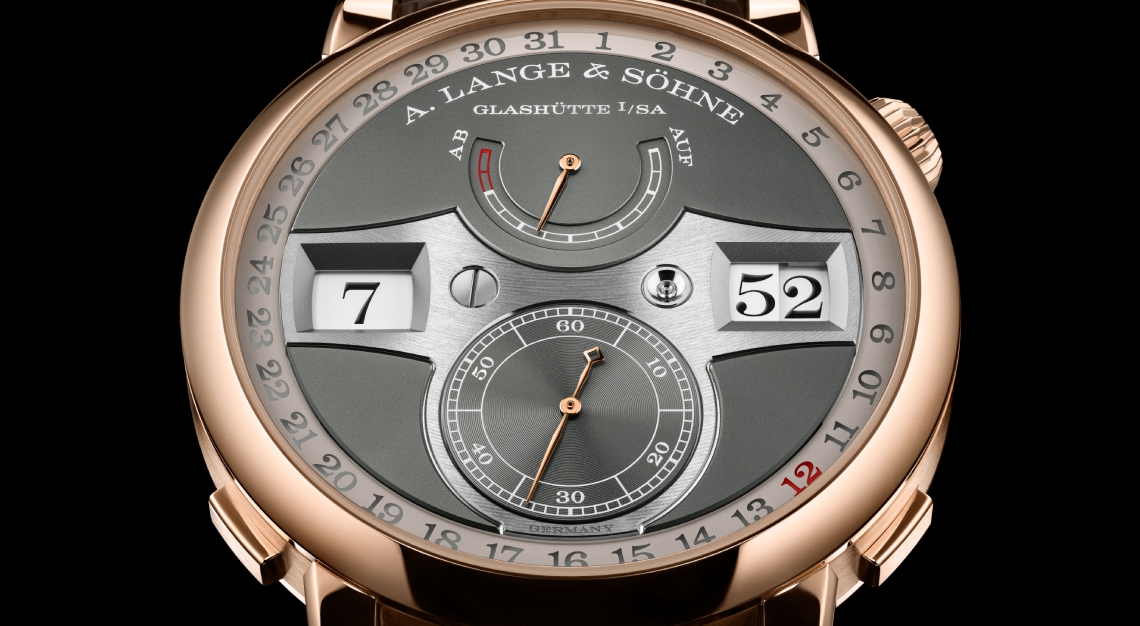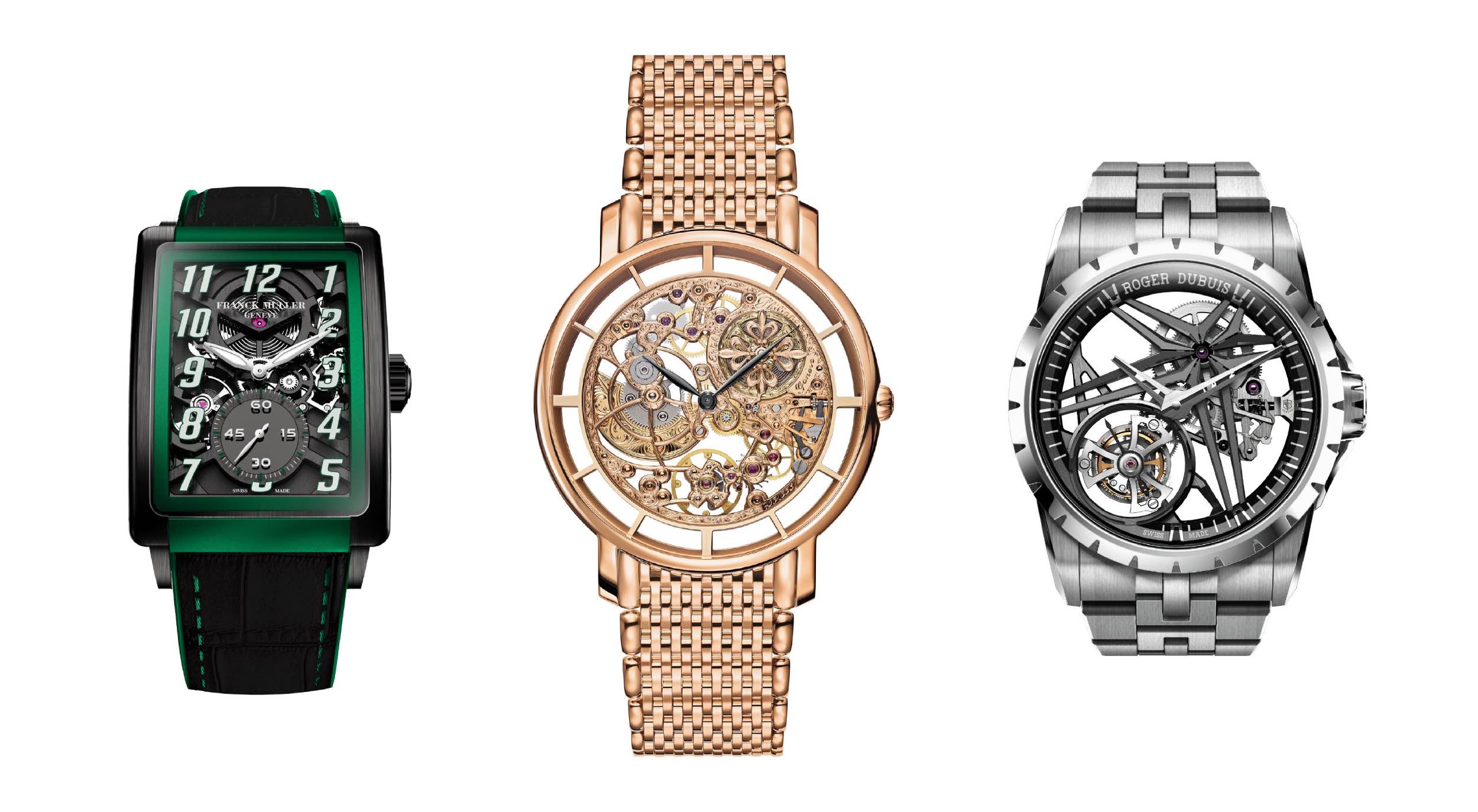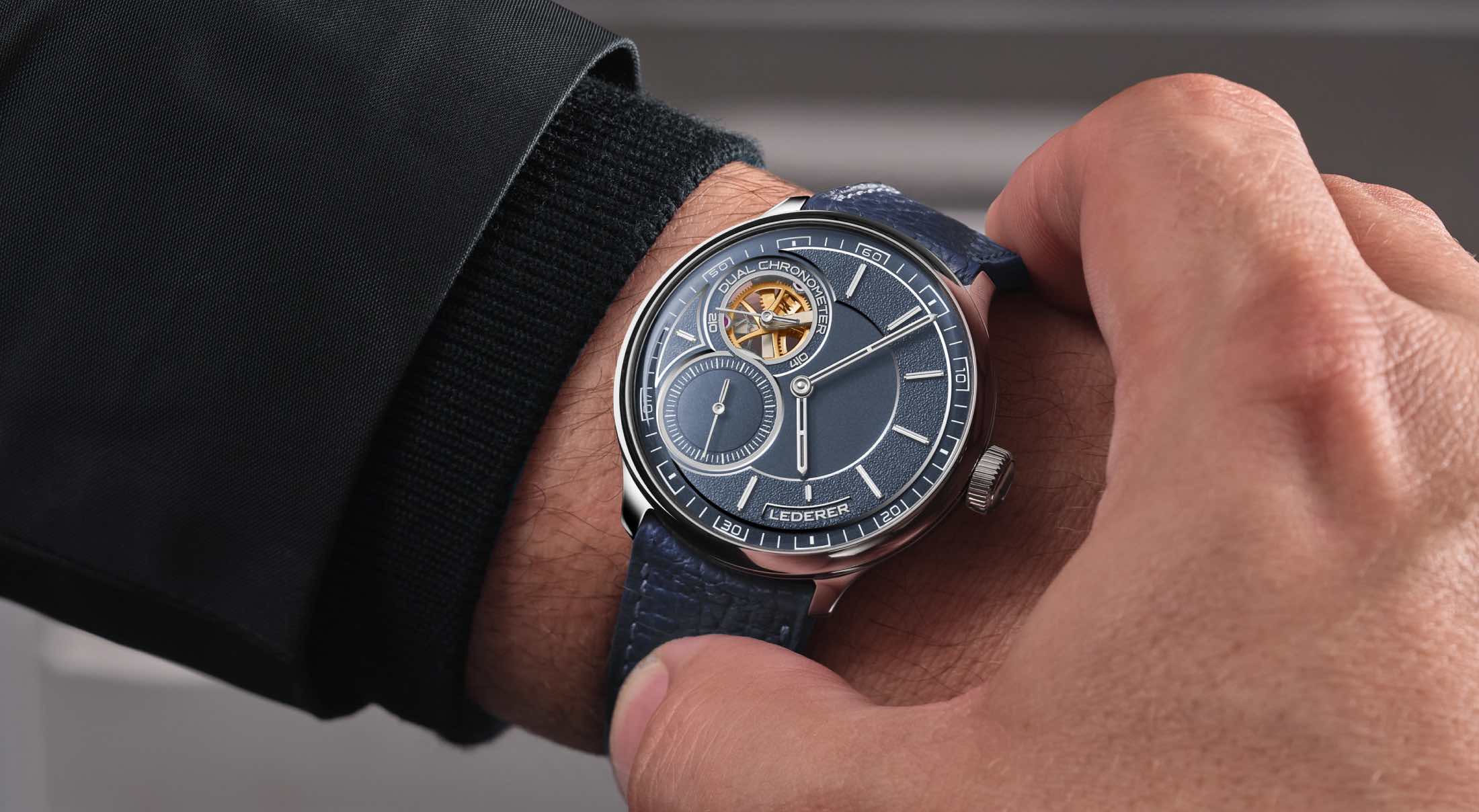When A. Lange & Söhne unveiled the Zeitwerk in 2009, even the most seasoned collectors blinked twice. Today, it is one of the German brand’s desired icons
At first, the horological world didn’t quite know what to make of it. The year was 2009 and A. Lange & Söhne had just unveiled a watch that looked like it belonged on a spaceship dashboard rather than under the cuff of a bespoke shirt. The Zeitwerk, with its ‘digital display’ that was orchestrated via carefully coordinated mechanical parts, felt like an unwarranted departure from a brand otherwise known for classic and stately offerings.
And yet, in true A. Lange & Söhne fashion, there was method in the madness. While at first glance, the Zeitwerk was a visual jolt, its inspiration was rooted firmly in the past. A. Lange & Söhne’s designers were inspired by the five-minute clock in Dresden Semper Opera House—commissioned by King Frederick Augustus II in the 19th century—which used large digital numerals so they could be legible from the back of the theatre.
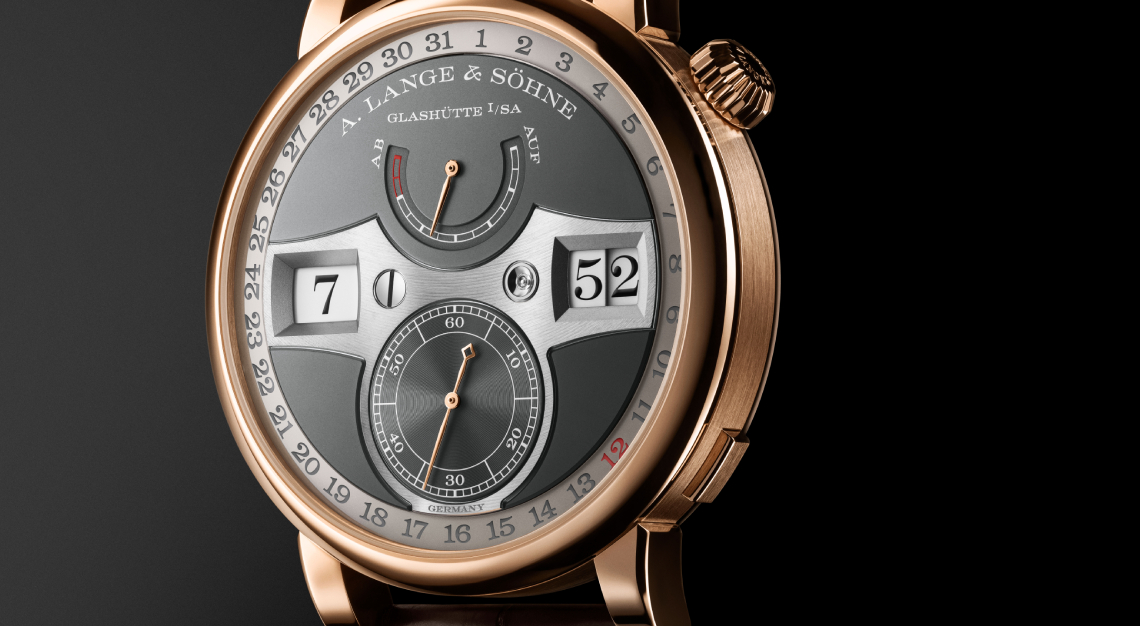
Using the ancient clock as a springboard, A. Lange & Söhne’s watchmakers reimagined it as a mechanical wristwatch that comprised jumping numerals that switched with a crisp and instant mechanical leap using a complex and ingenious system of discs, and a patented constant-force escapement system that ensured timekeeping precision.
Naturally, the Zeitwerk took years of development, countless prototypes, and a deep dive into the annals of horological history to arrive at the final form. But the pay-off was immense. What emerged in 2009 wasn’t simply a stunning timepiece; it was a testament to A. Lange & Söhne’s spirit of contemporary watchmaking, announcing to the world that this was a brand that didn’t shy away from taking risks.
An audacious family
Since its debut, the Zeitwerk has evolved into an entire family. There had been functional upgrades, such as the Zeitwerk Date (2019) with a date ring that circles the dial, as well as elaborately decorated variants like the Zeitwerk Handwerskurst (2012) featuring a dial with a textured surface hand-engraved using the ‘tremblage’ technique and brand logo sculpted in relief, and Zeitwerk Honeygold Lumen (2021), encased in A. Lange & Söhne’s proprietary gold alloy with an unmistakably light tint and smoked sapphire dial with numerals underneath coated in high-grade Super-LumiNova.
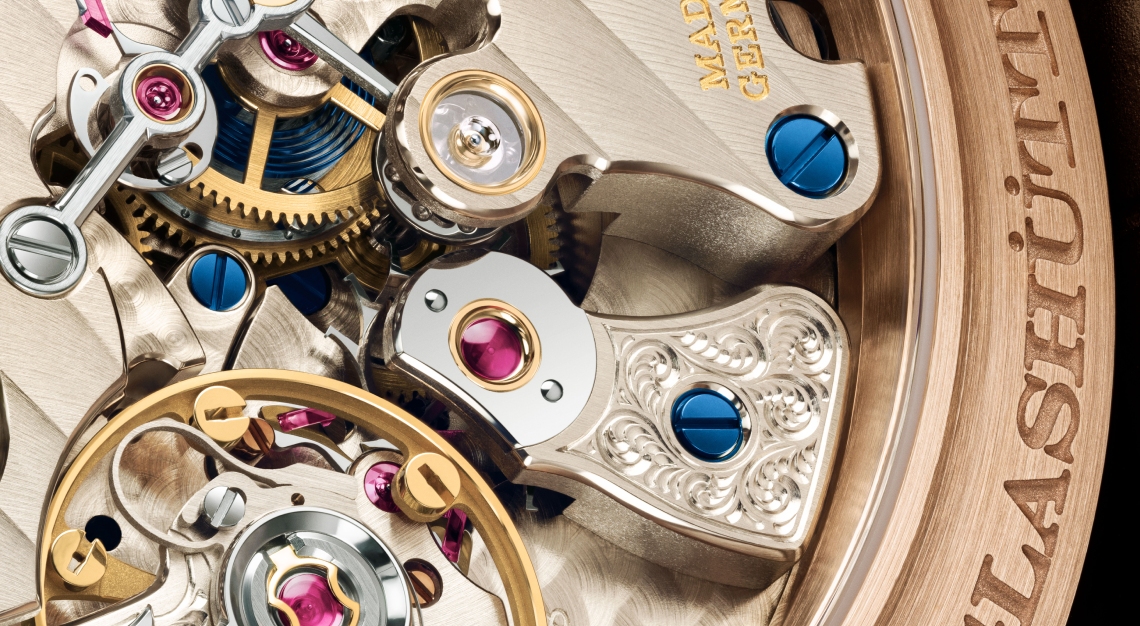
The collection has also been bolstered by a number of chiming complications. There’s the Zeitwerk Striking Time (2014), which adds a chiming mechanism that sounds the hours and quarters with miniature gongs that are visible through the dial. There’s the Zeitwerk Decimal Strike (2017), for those who prefer 10-minute intervals (naturally). And of course, the Zeitwerk Minute Repeater (2015), which, true to form, reimagines the chiming complication not with traditional hammers but with a patented decimal system— ringing the time with both logic and clarity.
In 2022, A. Lange & Söhne decided to overhaul the watch’s inner workings with the new calibre L043.6. While the proposition isn’t quite as sexy as the aforementioned updates, the upgrade was significant—though slimmer, the movement delivers double the power reserve at 72 hours, with the reworked energy system enhancing the precision and power of its jumping numeral discs. Additionally, A. Lange & Söhne added a practical hour-correction pusher at 4 o’clock, allowing jet-setters to adjust for time zone changes without disrupting the movement’s rhythm.
This year, the same movement has been upgraded to accommodate a date display in a new iteration of the Zeitwerk Date. Housed in a 44.2mm pink gold case with a silver and grey dial—the first such combination for the collection—the watch flaunts the familiar digital-style time display, framed by an innovative date ring constructed of printed glass that indicates the current date in red and makes one full revolution around the dial in a month. And like the earlier Zeitwerk models, the new Zeitwerk Date continues to be a watch that defies easy categorisation—one that speaks in its own mechanical tongue, one jump at a time
This story first appeared in the August 2025 issue. Purchase it as a print or digital copy, or consider subscribing to us here
